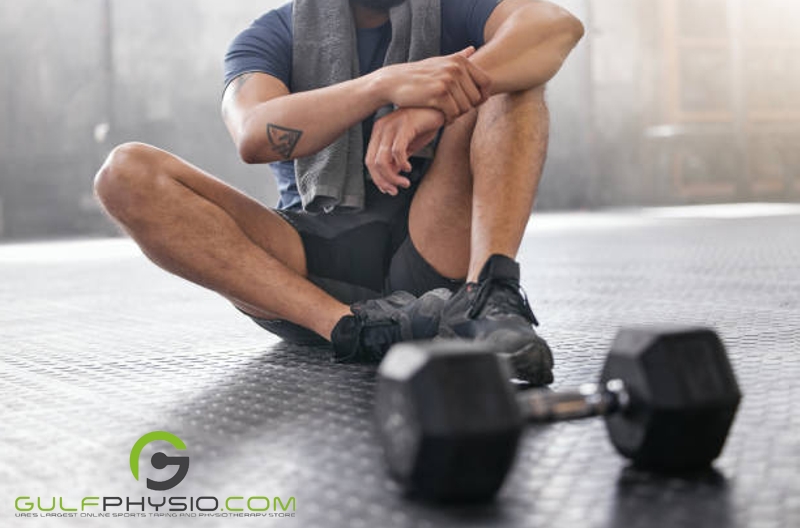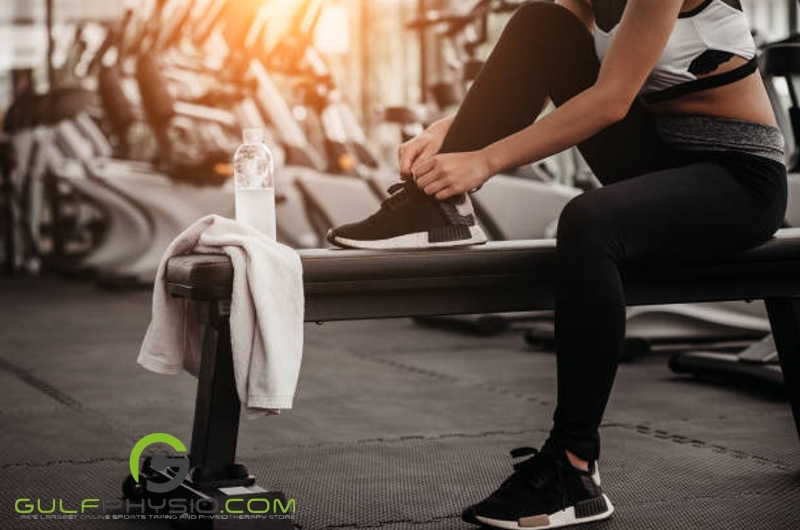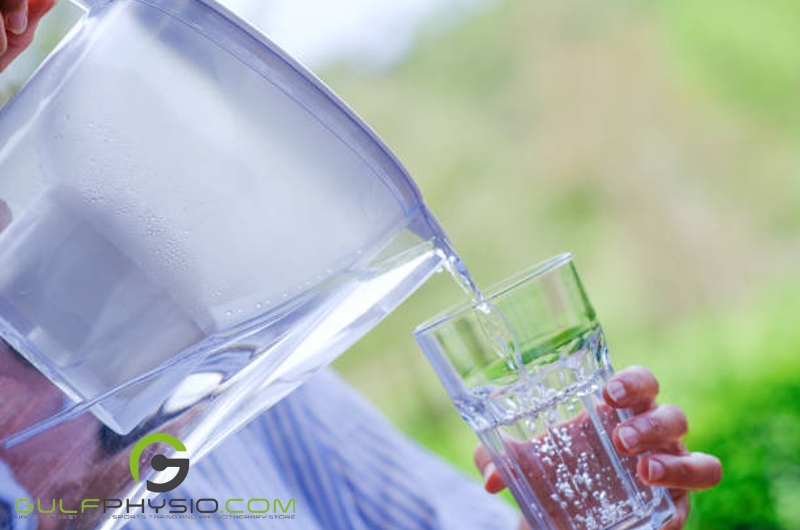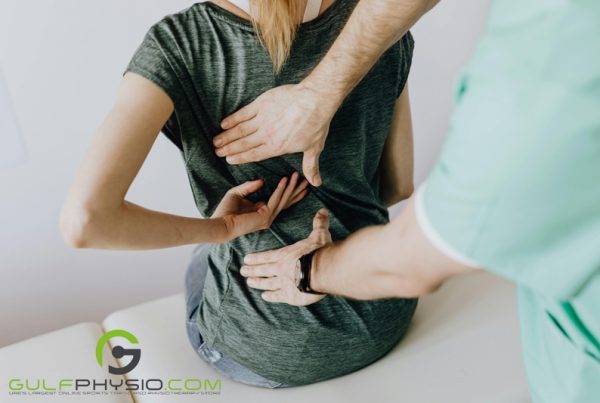
In a previous article, we discussed the importance of post-exercise recovery, sometimes called active rest. Yet did you know active rest isn’t the only way to recover after exercising? In this article, we will look into Passive Recovery, what it is, when to do it, and how it benefits you and your workouts.
What is Passive Recovery?

As the name suggests, passive recovery is the opposite of active recovery. While the latter promotes non-strenuous activity to heal from a more intense workout beforehand, the former requires little to no activity, allowing recovery to occur as you give your body time to rest.
The Benefits of Passive Recovery
A research paper published on the National Library of Medicine website that aimed to study the effects of both active and passive recovery found that passive recovery reduced physiological and perceptual demands and reduced loss of performance compared to active recovery.

We know that getting proper rest helps the body recover. Engaging in passive recovery increases the blood flow in your body, effectively removes toxins, and eases muscle soreness. The increase in blood flow also helps the distribution of nutrients to the cells, which speeds up the healing of tears in the muscles from intense physical activity.
Passive Recovery Practices
With all that said, the only thing that’s left is to get into the habit. Unlike its counterpart, passive recovery is much easier to practice and include in an after-workout routine.

- Get Restful Sleep – The easiest and arguably most relaxing option is just getting a good night’s sleep. Whenever you sleep your body releases a hormone called the Human Growth Hormone (HGH) which is responsible for the growth and healing of the tissues in the body.

- Book a Massage – Getting a massage can benefit you more than just as a form of relaxation. Much like sleep, it also improves blood flow but has the added benefit of increasing one’s flexibility. Studies such as this one highlight the effectiveness of massages in the flexibility of specific body parts.

- Remember to Hydrate – The body is made up of up to 60% water, so it makes sense that hydration is an essential part of recovery. Not properly hydrating has been found to have adverse effects such as decreased physical performance, disruptions in cognitive performance, and even diminished organ functions.
Our Thoughts
Passive recovery is the opposite of active recovery, allowing the body to rest and recover from intense workouts. It assists in increasing blood flow, removes toxins, and eases muscle soreness, while also distributing nutrients to cells. Passive recovery practices include getting restful sleep, booking a massage, and ensuring proper hydration. By incorporating it into your after-workout routine, you can ensure a successful and efficient recovery process.
Want to know more about Recovery? Then read our articles “The Importance of Post-Exercise Recovery” and “Easy Recovery Exercises At Home” or learn more from our blog here.
Disclaimer
GulfPhysio.com and all of its content are for informational purposes only. All information is believed to be accurate at the time of posting and should NOT be construed as professional medical advice. Please seek a medical professional in the event of pain or injury.



